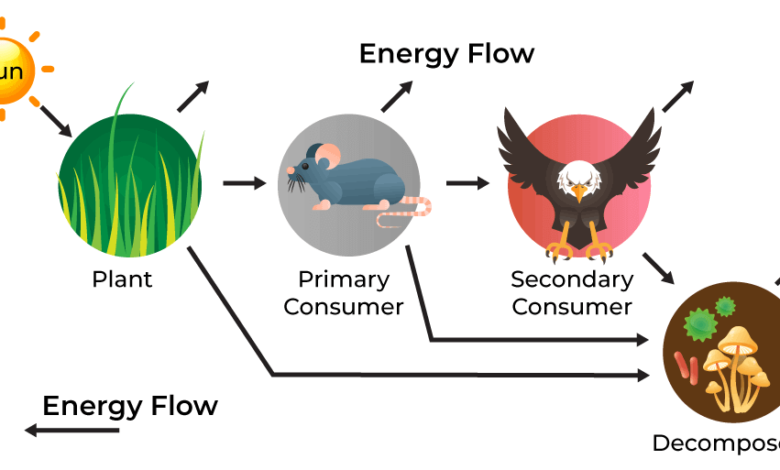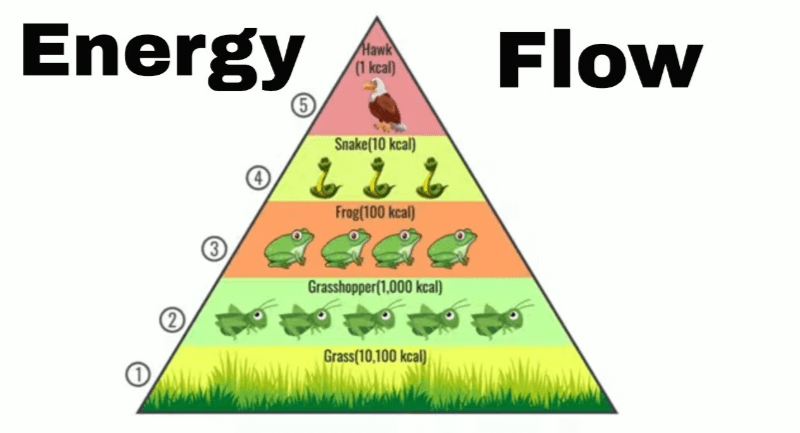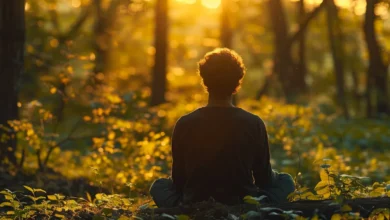Learning Through Art: Energy Flow Through an Ecosystem

The intersection of art and ecological education presents a unique opportunity to explore the intricate dynamics of energy flow within ecosystems. By employing artistic techniques, students can visualize and conceptualize the roles of primary producers, consumers, and decomposers in a tangible manner. This method not only enhances comprehension but also cultivates a sense of environmental responsibility. As educators consider the practical applications of this approach, the question arises: what specific artistic strategies can effectively bridge the gap between creative expression and scientific Learning Through Art: Energy Flow Through an Ecosystem.
The Concept of Energy Flow
Energy flow through an ecosystem is a fundamental process that underpins the interactions among various biological communities and their physical environments.
This energy transfer begins with primary producers, which capture sunlight, and moves through consumers and decomposers, illustrating the intricate ecosystem dynamics.
Understanding this flow enhances our comprehension of ecological balance, highlighting the interconnectedness of life and the importance of preserving natural systems for future generations.
Artistic Techniques in Education
Incorporating artistic techniques in education can significantly enhance student engagement and comprehension across disciplines.
By utilizing collaborative projects, students can explore concepts through teamwork, fostering creativity and critical thinking.
Visual storytelling serves as a powerful medium, allowing learners to express complex ideas and emotions vividly.
These approaches not only stimulate interest but also promote deeper understanding and retention of knowledge within diverse educational contexts.
Read Also Janson’s History of Art: the Western Tradition Penelope J.E. Davies Pdf

Benefits of Art in Learning
While many may view art as a mere form of expression, its integration into the learning process offers profound benefits that extend far beyond creativity.
Art fosters creative expression, allowing students to explore concepts visually and tangibly. This approach enhances emotional engagement, deepening their understanding of complex subjects.
Practical Activities for Students
Art’s role in education can naturally segue into practical activities that enhance student learning across various disciplines.
Engaging students through interactive installations and eco-themed projects fosters creativity while deepening their understanding of energy flow in ecosystems.
These hands-on experiences encourage critical thinking, collaboration, and environmental stewardship, empowering students to connect art with ecological awareness and apply their knowledge in meaningful, transformative ways.
Conclusion
In conclusion, the Learning Through Art: Energy Flow Through an Ecosystem into ecological education not only deepens comprehension of energy flow within ecosystems but also cultivates a profound connection to the environment. Much like a vibrant tapestry, each thread—representing primary producers, consumers, and decomposers—intertwines to depict the intricate relationships that sustain life. Research shows that students engaged in artistic projects retain information 60% longer than through traditional methods, underscoring the transformative power of creativity in fostering ecological awareness and stewardship.



